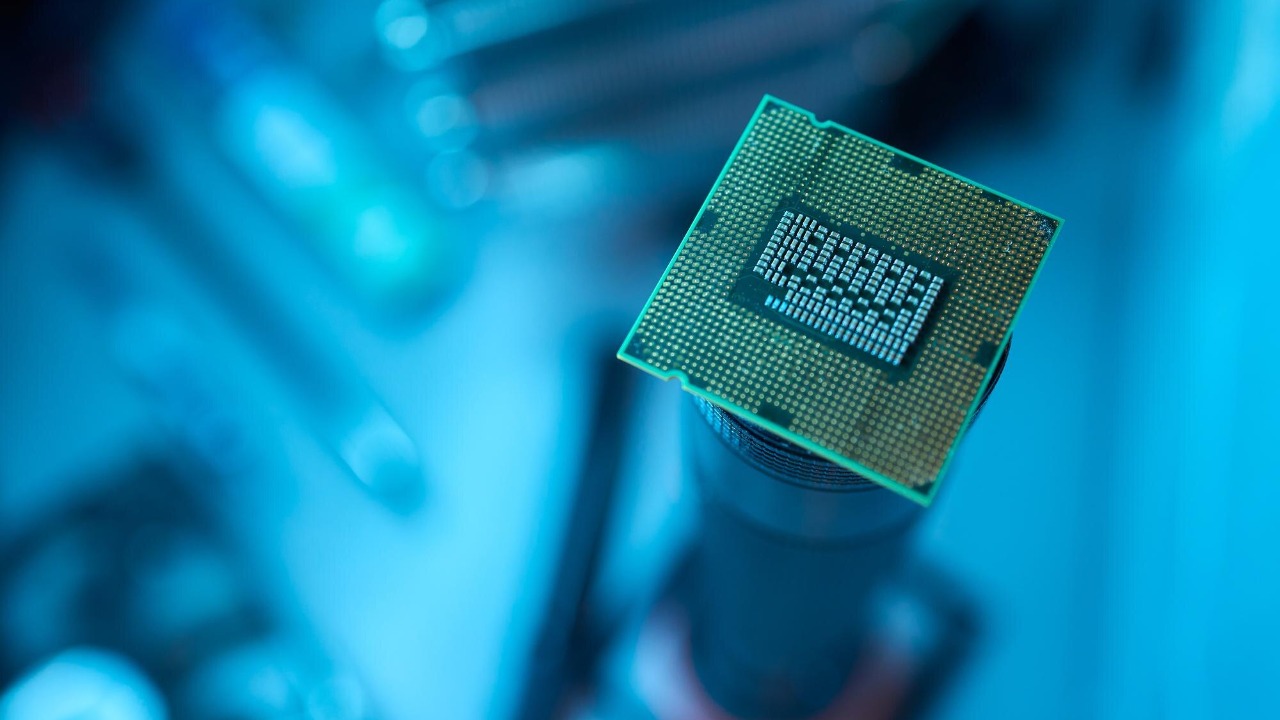
Princeton University’s engineering team has recently unveiled a new quantum chip, marking a significant stride towards achieving quantum advantage. This development, announced in November 2025, is built on scalable designs that aim to overcome the longstanding challenges in quantum computing hardware. The fabrication techniques used in the chip’s production also reflect a major breakthrough from earlier in the year, where scientists overcame a 25-year barrier in chip production processes.
The Princeton Quantum Chip’s Core Design
The architecture of Princeton’s new quantum chip is designed with scalability in mind. As reported in Princeton’s engineering news on November 5, 2025, the chip’s design integrates modular components. This innovative approach enables the construction of larger qubit arrays without a proportional increase in error rates, a significant achievement in the field of quantum computing.
Furthermore, the chip utilizes advanced materials to maintain coherence times. This is a crucial aspect of quantum computing, as coherence times can significantly impact the performance of a quantum system. The use of these materials is a testament to Princeton’s scalable fabrication approach, which has been instrumental in the development of this new quantum chip.
Breaking Through Fabrication Barriers
Earlier in 2025, scientists achieved a significant milestone in quantum chip fabrication. On April 9, they broke a 25-year barrier, enabling more precise control over qubit placement. This achievement, as reported by SciTechDaily, was made possible through improved lithography methods that reduced defects in superconducting circuits.
The breakthrough in fabrication techniques has been applied to Princeton’s November 2025 chip. This application has resulted in higher fidelity operations, demonstrating the practical benefits of the earlier fabrication advances.
Princeton’s Path to Quantum Advantage
The performance metrics of Princeton’s new quantum chip are impressive. According to a release on November 17, 2025, the chip’s error rates are low enough to approach quantum advantage thresholds. This is a significant achievement, as it brings us one step closer to realizing the full potential of quantum computing.
Simulations run on the chip have outperformed classical benchmarks in specific algorithms, such as optimization problems. Furthermore, the chip’s scalable design supports exponential growth in computational power, opening up new possibilities for practical applications of quantum computing.
Context from Google’s Willow Chip
It’s worth noting that Princeton’s new quantum chip isn’t the only recent advancement in the field. On December 9, 2024, Google announced its Willow quantum chip. According to The Quantum Insider, Willow outperforms classical computers in certain tasks and has broken the error correction threshold, allowing reliable scaling beyond 100 qubits.
Willow’s breakthrough in error correction and its implementation of surface code share common goals with Princeton’s approaches, particularly in the pursuit of fault-tolerant computing. These shared objectives highlight the collaborative nature of advancements in quantum computing.
Implications for Scalable Quantum Systems
Princeton’s new quantum chip, designed with scalability in mind, facilitates integration with cryogenic systems. This is a crucial step towards real-world deployment of quantum systems. The potential for hybrid quantum-classical setups is also significant, particularly in light of the breakthrough in overcoming the 25-year fabrication barrier.
However, challenges remain, such as mitigating decoherence. Here, the advances made by Google’s Willow chip in error correction serve as a valuable benchmark for future developments.
Broader Advances in Quantum Hardware
Google Quantum AI’s announcement of Willow as a state-of-the-art chip on December 9, 2024, pushed the boundaries of quantum supremacy. This, along with Princeton’s November 2025 chip, which builds on the earlier 2025 fabrication innovations, represents significant cross-institutional progress in the field.
Looking ahead, the focus is on collaborative efforts to achieve full-scale quantum advantage. With the advancements made so far, the future of quantum computing looks promising indeed.
More from MorningOverview